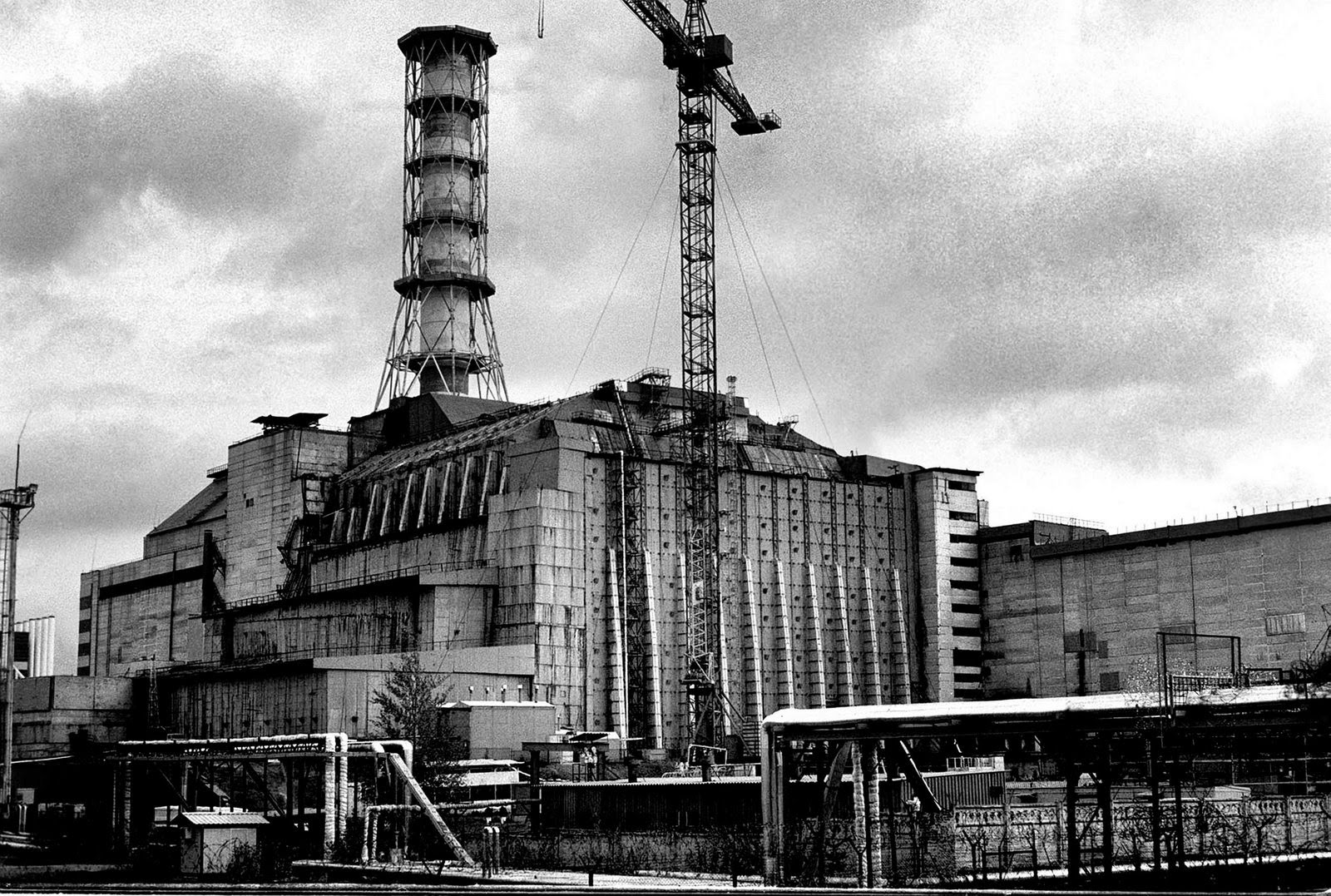Ukraine Crisis Goes Nuclear. The Storming of Zaporizhia Nuclear Power Plant by Neo-Nazis

Policemen of the city of Energodar have detained 20 activists of the Right Sector, who tried to seize the Zaporozhye NPP. According to the leader of the Zaporozhye branch of the organization, the militants were afraid that the city would fall in the hands of supporters of federalization.
Right Sector, along with other Neo-Nazi militant fronts, spearheaded violence that led to the overthrow of the elected government of Ukraine in late 2013 and early 2014 in what was called the “Euromaiden” protests. Right Sector has since been used as a paramilitary organization by Kiev in an attempt to assert control over the rest of the country. Its mounting list of atrocities has led Kiev and its NATO backers to increasingly deny ties to the extremist front – however, it is clear that the group is operating nationally and in tandem with security forces loyal to Kiev.
Zaporizhia province neighbors Donetsk, which along with Luhansk province, recently held referendums leading to greater autonomy from Kiev and closer ties to neighboring Russia. Zaporizhia, laying between Donetsk and now Russian Crimea, could potentially be the next province to escape out from under the unelected regime currently occupying Kiev.
NATO’s “Nuclear Option”
The storming of Zaporizhia nuclear power plant by Neo-Nazis may appear to be an act of extreme irresponsibility carried out by witless, dangerous thugs, but the operation may have a much more sinister purpose.
A May 7 Reuters article titled, “NATO experts advise Ukraine on nuclear plant safety,” stated:
NATO experts have visited Ukraine to advise authorities there on improving the safety of nuclear power plants, gas pipelines and other critical infrastructure amid growing violence and fears of conflict with Russia, officials said on Wednesday.
The article would continue by stating:
Asked if the study was carried out because of Kiev’s fears of Russian intervention in Ukraine, Dolhov said one reason was “possible destabilisation” in an area where strategic infrastructure was located.
Ukraine told the U.N. atomic watchdog in March it was reinforcing the protection of its nuclear power plants because of “a grave threat to the security” of the country posed by the Russian military.
A rebellion in the east has raised the prospect that Ukraine, a country of around 45 million people the size of France, could be carved up or even descend into civil war.
And perhaps the most telling statement of all claimed:
Ukraine is not a member of NATO and the alliance has said it will not get involved militarily in Ukraine. But Ukraine and NATO have increased cooperation and Ukraine has asked NATO members for non-lethal equipment such as uniforms.
Indeed, Ukraine is not a NATO member, and it is almost inconceivable under what circumstances NATO troops could enter Ukrainian territory – almost inconceivable. But a threat to one or more of Ukraine’s 15 nuclear reactors might give NATO the pretext necessary to deploy troops into Ukraine, particularly in the east where Kiev is unable to assert control. While NATO cannot justify intervening in Ukraine’s internal political crisis directly, it may attempt to make a case that a nuclear catastrophe directly threatens NATO members.
 |
| Image: Chernobyl today is still an ongoing danger. |
With this catastrophe in mind, NATO may believe that by provoking a security risk to Ukraine’s remaining reactors, particularly the facility in Zaporizhia – Europe’s largest – it can create enough fear and support for a possible intervention in Zaporizhia province, preventing anti-Kiev forces from peeling the region away from Kiev as they have in Donetsk, Luhansk, and Crimea.
NATO’s Dangerous Game Threatens All of Humanity
Whether NATO is in fact attempting to intentionally create threats to Ukraine’s nuclear power plants as a pretext to intervene more directly in Ukraine or not is irrelevant. It is directly supporting the regime in Kiev that had organized and continues to perpetuate Right Sector who is currently creating such threats. However, withNATO being behind the chemical attack in Damascus, Syria in August of 2013 – the idea of NATO fabricating a similar pretext in Ukraine is not beyond the realm of possibilities.
NATO’s inability to condemn and cut ties with the regime in Kiev, allows the menace of Right Sector to persist. The solution, likewise, is not more NATO intervention across the rest of Ukraine, but rather the undoing of the unelected regime it has put into power in Kiev in the first place.
 |
| Image: Chernobyl’s disaster effected much of Europe & western Russia. |
Should Ukraine’s Zaporizhia facility continue to be put in danger, it is far more realistic and justifiable for Russia, not NATO, to mobilize and deploy, or support within Zaporizhia province, security forces to provide ample protection. For NATO, if a pretext to intervene is their goal, it will require time and may never materialize at all, considering their failures in Syria and the lack of trust or legitimacy they now command. In the meantime, Russia and its allies in eastern Ukraine can continue working to move Zaporizhia away from the dangerous regime in Kiev and its equally dangerous and irresponsible backers in NATO – just as has been done with Crimea, Donetsk, and Luhansk.
Tony Cartalucci, Bangkok-based geopolitical researcher and writer, especially for the online magazine “New Eastern Outlook”.

